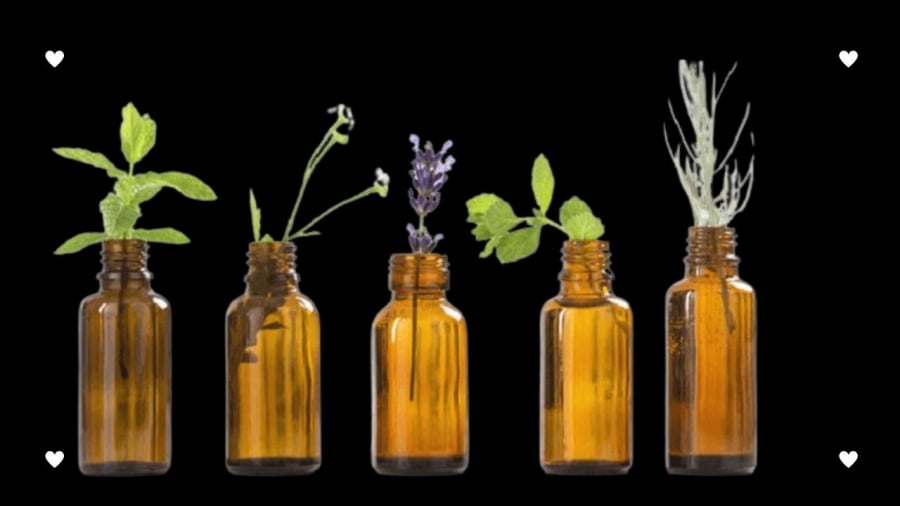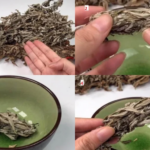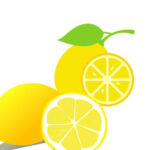Use a White Piece of Paper
Pure essential oils are solely distilled from botanicals and plants, with no additives. They are highly volatile and lightweight. Except for oils derived from fatty substances used in cooking, pure botanical essential oils will not contain fat. Adulterated oils, on the other hand, often do. So, when you drop a few drops of essential oil onto a piece of paper and observe for a few minutes, you’ll be able to tell the difference. Pure essential oils will quickly evaporate, leaving no trace behind. Adulterated oils, on the other hand, will take longer to evaporate and may leave a greasy stain on the paper.

Distinguish Quality Oils by Dropping Them on Paper
Shake the Bottle and Observe
When you vigorously shake a bottle of pure essential oil, it will produce bubbles that quickly dissipate once you stop shaking. In contrast, an adulterated oil will produce a excessive amount of bubbles that take a long time to disappear.
Apply to Your Skin and Feel the Difference
Try applying a drop of essential oil to your hand and rubbing it in. Pure essential oils will absorb quickly into the skin, while adulterated oils will leave a greasy residue.
Mix with Filtered Water
Add a few drops of essential oil to a glass of filtered water. Pure essential oils will float on top of the water without dissolving, while inferior oils will sink to the bottom and eventually mix with the water.
Pay Attention to Origin
While essential oils are produced all over the world, Europe remains the top producer of high-quality essential oils. European oils are manufactured and distilled using modern technology and meet pharmaceutical industry standards. Typically, raw essential oils are sent to Europe for further processing, filtration, and removal of impurities before being distributed globally.

Origin and Price Can Indicate Oil Quality
Look for Certifications
Reputable essential oil products will bear international certifications from respected European organizations such as Ecocert, Kosher, or Bio.
Consider the Price
Producing pure essential oils is a costly and time-consuming process, requiring large quantities of plant material and advanced technology. As a result, pure essential oils are not cheap. To produce just 10ml of oil, manufacturers incur significant material costs, so retail prices for common varieties typically range from $9 to $10 per bottle.
Smell the Difference
Natural essential oils and fragrance oils smell different. Pure essential oils are produced through distillation, resulting in a clear, light-colored liquid with a scent that is two to three times stronger than the original plant material. They also have a thin consistency and flow easily when poured. In contrast, oils produced through expression or centrifugal separation have a thicker, more viscous consistency (especially wood-based oils) and a scent that is five to ten times stronger than the original plant. These oils also pour slowly and may have a stronger, more synthetic fragrance.
Test with an Oil Burner
Pure essential oils will only release their fragrance when heated on an electric burner or candle. They are less effective when used with a mist spray. So, if you find an oil that smells strong when mixed with water and sprayed, it’s likely to be adulterated with fragrance oils.
The Magic Leaf: A Natural Repellent for a Peaceful Slumber
“Bid farewell to pesky mosquitoes with a simple yet effective solution! Discover the power of nature’s remedy by placing a handful of these magical leaves in strategic spots around your room. Watch as the mosquitoes vanish, leaving you with a peaceful and bug-free environment for a good night’s sleep. Say goodbye to annoying bites and hello to a tranquil home.”



































